
AAD 2025. JiaDe Yu, MD, discusses key clinical signs of pediatric ACD, when to consider patch testing, and how identifying contact allergens can improve patient care.

AAD 2025. JiaDe Yu, MD, discusses key clinical signs of pediatric ACD, when to consider patch testing, and how identifying contact allergens can improve patient care.

“I think it’s important to have a lot of tools in our toolbox, and [tapinarof cream 1%] is one that gives us great flexibility," said Linda Stein Gold, MD.
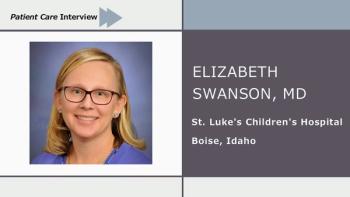
Elizabeth Swanson, MD, breaks down the role of the Herpes Simplex Virus in 3 special circumstances, part of her AAD 2025 presentation, "Big Rashes In Little Patients."

AAD 2025. Guttman, among the world's foremost researchers in dermatology, toplined how far the field has come in her "Hot Topics" presentation on the final day of the 2025 AAD.

Data on delgocitinib from the DELTA development program highlight efficacy of the topical JAK inhibitor for treatment of chronic hand eczema.

JiaDe Yu, MD, shares key takeaways from his presentation on pediatric allergic contact dermatitis.
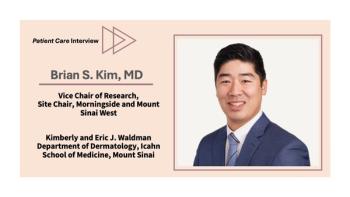
Brian S. Kim, MD, a worldwide leader in research into itch and other skin conditions, says the safety profile and ease of use of new treatments for AD mean primary care clinicians should definitely consider prescribing them.

Data on zabalafin hydrogel topical therapy may offer a single, comprehensive approach to manage AD across multiple disease stages.

Daniel Butler, MD, discusses a more complex definition of immunosenescence, and the interplay between aging and itch-related conditions.
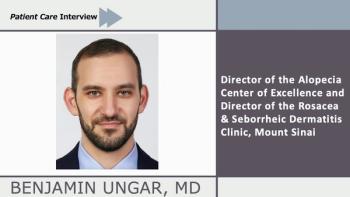
Benjamin Ungar, MD, explains the phenotypic and molecular manifestations of Rosacea, and the work still needed to develop targeted treatments.

Butler addresses how primary care can help manage the burdens of itch in their older patients and offers pearls for consulting and referring to dermatology.

Approximately one-third of participants treated with rocatinlimab achieved EASI-75 at 24 weeks, more than 2 times the proportion in the placebo group, among other robust findings.

AAD 2025. Linda Stein Gold, MD, FAAD, discusses the late-breaking tapinarof cream 1% data from a new analysis of the ADORING-3 clinical trial.

Benjamin Ungar, MD, discusses his presentation at AAD 2025 covering advances and updates about rosacea and seborrheic dermatitis.

Dupilumab was associated with the highest drug survival in monotherapy with nearly 90% of study participants remaining on treatment at both 12 and 24 months.

AAD 2025: In a post hoc analysis of the STREAM-AD Phase 2b study, 63% of patients with AD maintained itch reduction even after stopping amlitelimab use.
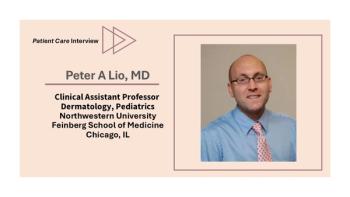
AAD 2025. Peter Lio, MD, from the Feinberg School of Medicine in Chicago, says, skip the elimination diet because food is rarely a cause of atopic dermatitis.

Data from the TRuE-PN trial program were presented at the 2025 American Academy of Dermatology Annual Meeting in Orlando, offering important insights into potential new therapeutic options for this debilitating condition.

AAD 2025: The IGNITE study of the OX40 inhibitor included adults previously treated with a biologic or systemic JAK inhibitor, according to Amgen and Kyowa Kirin.

Icotrokinra is the first targeted oral peptide designed to selectively block the IL-23 receptor, which is implicated in multiple inflammatory conditions including plaque psoriasis.

AAD 2025: New analysis of the ADORING 3 trial showed tapinarof maintains low disease activity in patients with AD for an average of 79.8 days post-treatment.

The proportion of participants with poor response to dupilumab who achieved a PNRS improvement of 3 points or greater was 72.9% at week 16 and 77.5% at week 24.

By the end of the TRuE-AD1 and TRuE-AD 2 studies, 30.0% of participants met all 4 disease control criteria.

Two posters at AAD 2025 highlighted different challenges of managing patients with HS.

AAD 2025. New research indicates that dual inhibition of IL-17A and IL-17F with bimekizumab maintains high rates of complete skin clearance for up to 5 years.
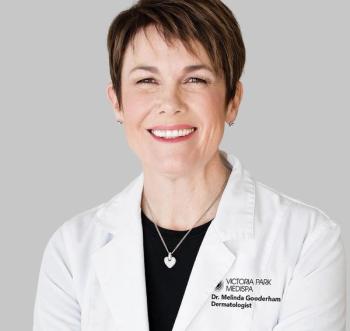
More than half (55.4%) of roflumilast-treated patients achieved a score of 0 or 1 vs 19.8% in the vehicle group on the Worst Itch-NRS numeric rating scale.

Participants in the INTEGUMENT-1 and INTEGUMENT-2 phase 3 trials had failed treatment with topical corticosteroids and calcineurin inhibitors or crisaborole.

The findings highlight the potential of the interleukin-23 inhibitor to address a notoriously difficult-to-treat manifestation of psoriasis.

The findings from the long-term extension ADjoin study will be presented at the 2025 American Academy of Dermatology (AAD) Annual Meeting.

Preview the posters and abstracts covering atopic dermatitis advances from Arcutis, Incyte, Lilly and Sanofi/Regeneron.